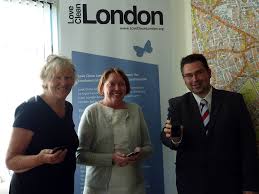 It is not only the Council planning portal that is suffering problems.
It is not only the Council planning portal that is suffering problems.
The much vaunted – but never quite delivering – “do it online” reporting system has broken down again.
As we reported earlier in the year, anyone trying to report issues such as full litter bins will find it difficult to upload a photo of the problem. The Council actually encourages residents to provide an image of the issue being reported (to provide clarity on location and timing).
The Council site currently rejects most images offered. In turn this prevents the issue being uploaded to the Council’s Customer Relationship Management system. It is a repetition of a problem which existed when the system was first launched (and which seemed to have been fixed about a year ago)
Officials at the Council promised a fix several weeks ago but the system is still not working. Litter bin locations are, however, now shown on the site but the image upload problem persists.
Quite why the Council simply didn’t purchase “off the shelf” the well tried “Fix my Street“ system when they had the chance five years ago remains a mystery.
“On line” reporting is by far the cheapest channel of communication with the Council. It is quicker and avoids unnecessary manual intervention. It should be the preferred method of contact for routine problems.
The Council pointedly refuses to publish performance statistics on the time taken to deal with issues reported via Email to the Customer Centre (the obvious 24/7 alternative to “on line” reporting) . These are thought to be in excess of 3 days. That is simply not good enough if the alternative “on line” systems are faulty.
Rumours persist that the Councils reporting system, which was developed “in house”, has been subject to an ongoing intellectual property rights wrangle.This continues to hinder its development and roll out.

